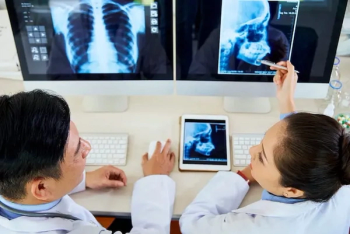
Awareness of CT Dose Improving Among Patients, Providers
More patients and providers are aware of CT dose in 2015 than they were in 2004.
Both patients and providers seem to be more aware of CT radiation doses now than they were a decade ago, according to a study published in
Researchers from North Carolina, Connecticut, and Washington sought to assess the patient and provider knowledge regarding CT radiation doses in 2015, compared with a study performed in 2004.
Over a two-week period, 101 patients who presented to the emergency department with mild to moderate pain requiring an abdominopelvic CT scan were surveyed. Questions included if anyone had discussed the risks/benefits of the CT scan including radiation dose and the patients were asked to estimate their dose compared to a chest X-ray. A total of 570 emergency providers, and 161 radiologists were given a similar survey, and they were also asked about potential obstacles to discussing CT radiation with patients.
Fewer than 50% of all groups could correctly select the radiation dose range of an abdominopelvic CT:
Seventy-eight percent (441/567) of emergency providers reported routinely discussing radiation dose with patients, while 20% (20/98) of patients reported that their emergency provider discussed radiation dose with them. Time limitation and concern of dissuading the patient from CT were the most commonly reported obstacles for discussing risks.
The researchers concluded while both patients and providers are now more aware of radiation doses from CT than they were in 2004, discussion regarding risks is still not commonly done.
Newsletter
Stay at the forefront of radiology with the Diagnostic Imaging newsletter, delivering the latest news, clinical insights, and imaging advancements for today’s radiologists.




